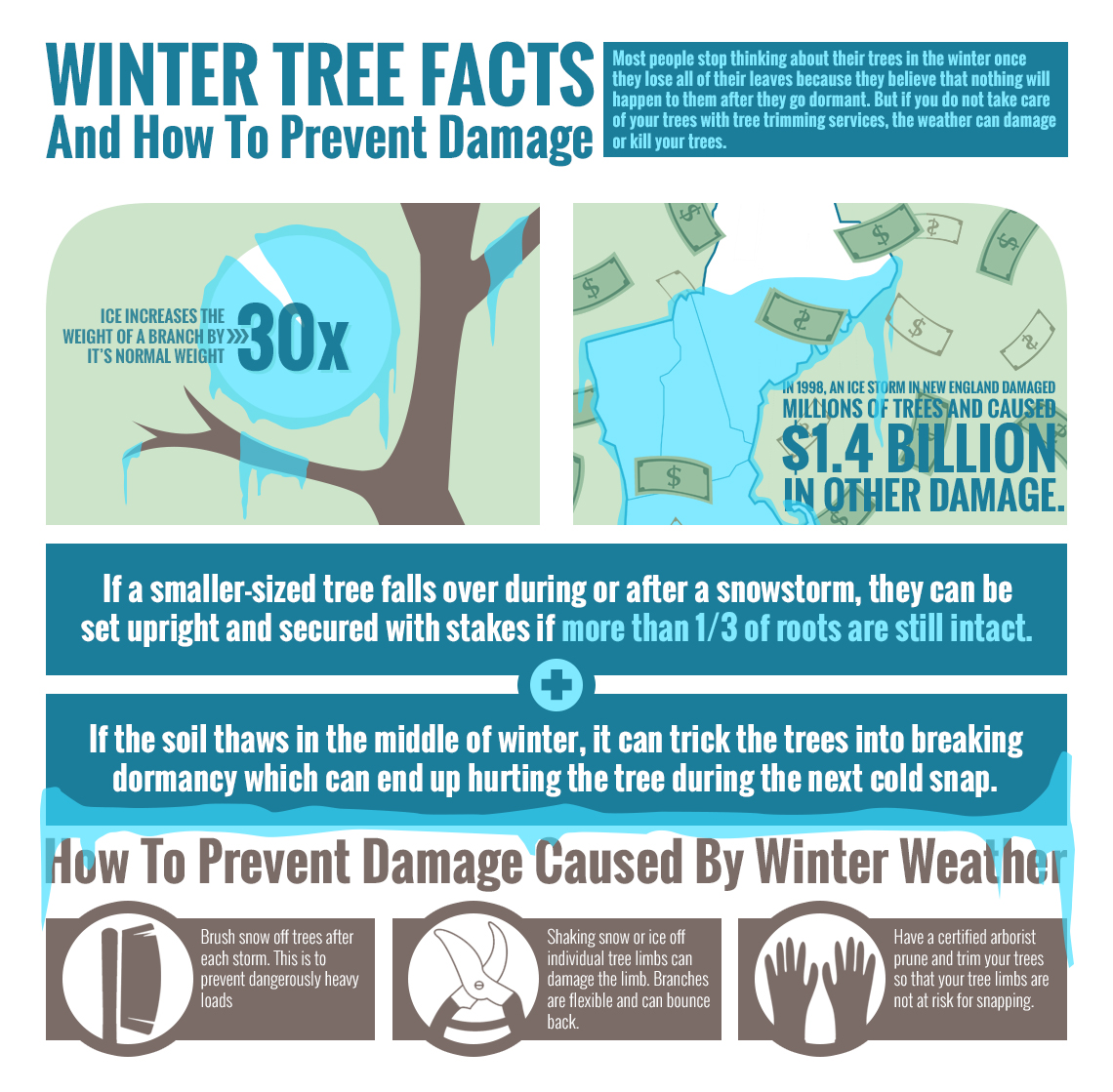The Ecological Benefits Of Stump Grinding: A Lasting Method For Land Management
The Ecological Benefits Of Stump Grinding: A Lasting Method For Land Management
Blog Article
Material Author-
When it comes to land management, have you thought about the durable benefits of stump grinding? By resolving the residues left after tree removal, this technique not just aids in soil health and wellness renovation however also plays a vital duty in stopping erosion and supporting biodiversity. The ecological advantages of stump grinding expand far beyond simple visual appeals, providing a lasting option that balances with nature's detailed systems.
Soil Health And Wellness Improvement
Looking to enhance the top quality of your dirt? Stump grinding can be a game-changer for improving dirt health on your residential or commercial property. By getting rid of old tree stumps, you're creating space for brand-new growth and permitting important nutrients to go back to the soil.
As the stumps break down over time, they release organic matter, enhancing the soil and promoting much better plant development.
In look at these guys , stump grinding helps to aerate the dirt, permitting far better water seepage and origin advancement. Compacted dirt can impede plant development and water absorption, however by grinding stumps, you're loosening up the dirt and producing a much healthier setting for your plants.
Furthermore, stump grinding can also help to stop pest problems and illness that old stumps may attract. By eliminating these possible dangers, you're developing a much safer and extra effective landscape.
Erosion Prevention
To stop soil erosion successfully, stump grinding plays a critical duty in preserving the security and integrity of your land. By removing undesirable stumps from your property, you're additionally minimizing the threat of erosion triggered by water runoff. Stump grinding gets rid of obstacles that can interfere with the all-natural flow of water throughout your land, preventing dirt erosion at the same time.
When stumps are left unblemished, they can serve as obstacles to water flow, triggering dirt to get rid of throughout heavy rainfalls. This disintegration not just harms your land but likewise adds to sedimentation in close-by water bodies, damaging marine environments.
Stump grinding helps to avoid these issues by leveling the ground and promoting appropriate water drainage, reducing the probability of disintegration.
Biodiversity Support
Maintaining healthy and balanced biodiversity on your land is essential for developing a flourishing community. By utilizing stump grinding as a sustainable land management practice, you can significantly support biodiversity.
Stump grinding assists advertise biodiversity by creating new habitats for various plant and pet varieties. The removal of stumps allows for the regrowth of native plant life, which subsequently attracts a varied series of wild animals. Bugs, birds, and little mammals grow in these freshly available locations, adding to the overall biodiversity of your land.
Additionally, stump grinding helps protect against the spread of illness and insects that can damage plant varieties, hence guarding the environmental balance on your building. By eliminating old stumps, you develop space for new plant development, which enhances the total wellness of the community.
This much healthier atmosphere supports a broader variety of species, promoting biodiversity and developing a more resilient ecological community in the long term. Accepting more information grinding as part of your land management approach can have long-term positive effects on the biodiversity of your land.
Conclusion
By making use of stump grinding as a sustainable strategy to land management, you can enhance soil health, stop erosion, and support biodiversity. This eco-friendly approach not just benefits the environment however likewise promotes the growth of plant life and develops environments for various plant and pet types. Make a positive impact on the atmosphere by including stump grinding into your land management techniques.
